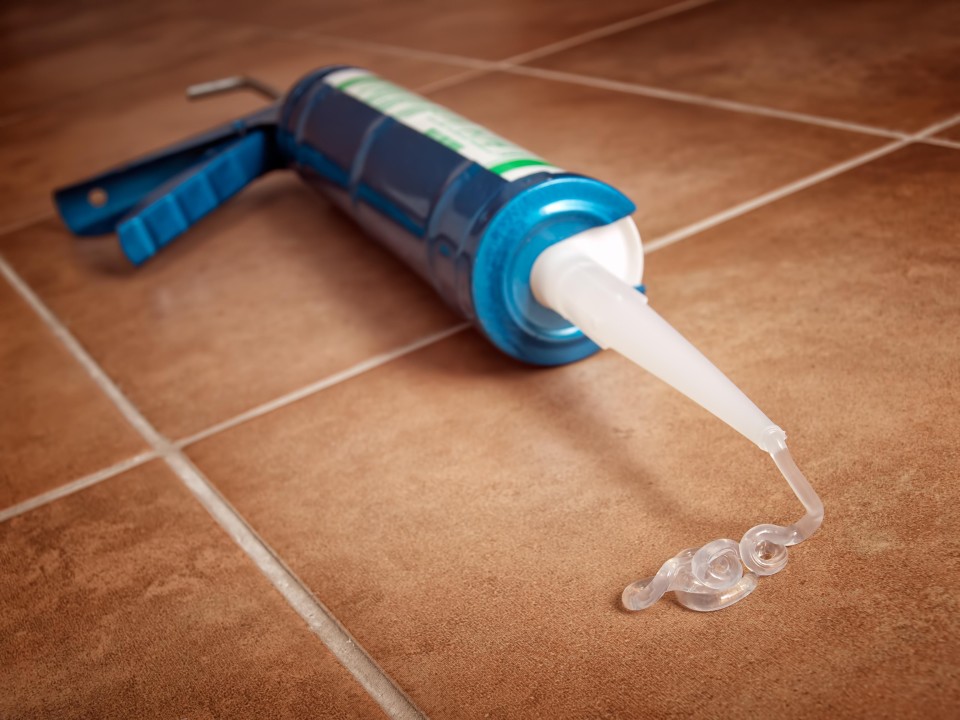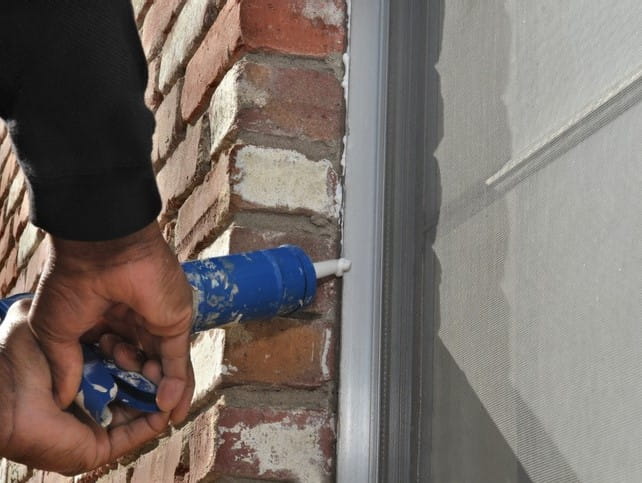Caulking is an essential home maintenance task that helps seal gaps and cracks, preventing water damage and improving energy efficiency. Here are some clever hacks and shortcuts to make the caulking process easier and more cost-effective:
First, choose the right caulk for your needs. Silicone caulk is ideal for areas exposed to water, such as bathrooms and kitchens, while acrylic latex caulk is paintable and great for areas not exposed to much moisture. For bathrooms and kitchens, caulk with mildew resistance is perfect to prevent mold growth. Preparation is key: clean the surface by removing old caulk, dirt, and debris using a scraper or putty knife, and clean the area with rubbing alcohol or a mild detergent. Ensure the surface is completely dry before applying new caulk.

For clean lines, apply painter’s tape on both sides of the joint where you will be caulking to ensure a straight line and prevent excess caulk from spreading. Cut the tip of the caulk tube at a 45-degree angle to control the flow of caulk better; a smaller hole is suitable for narrow gaps, while a larger hole works for wider gaps. Warm the caulk tube by placing it in warm water for a few minutes to soften the caulk, making it easier to apply smoothly.
Invest in a caulk smoothing tool or use a wet finger to smooth out the caulk bead after application for a professional-looking finish. Keep a damp cloth nearby to wipe away any excess caulk immediately, preventing it from drying and creating a mess. A caulk saver tool or plastic wrap can help seal the caulk tube if you don’t use the entire tube, preventing it from drying out for future use.
Work in manageable sections to ensure the caulk doesn’t start to dry before you smooth it out, maintaining a consistent application. If you’re new to caulking, practice on a piece of cardboard or scrap material first to get a feel for the application process. Use a specialized caulk removal tool or a razor blade to remove old caulk efficiently, ensuring a clean surface for the new application. For large projects, consider investing in a power caulking gun, which provides a consistent flow of caulk with less effort.
By implementing these DIY caulking hacks, you can achieve professional-looking results, save time, and minimize waste. Happy caulking!
